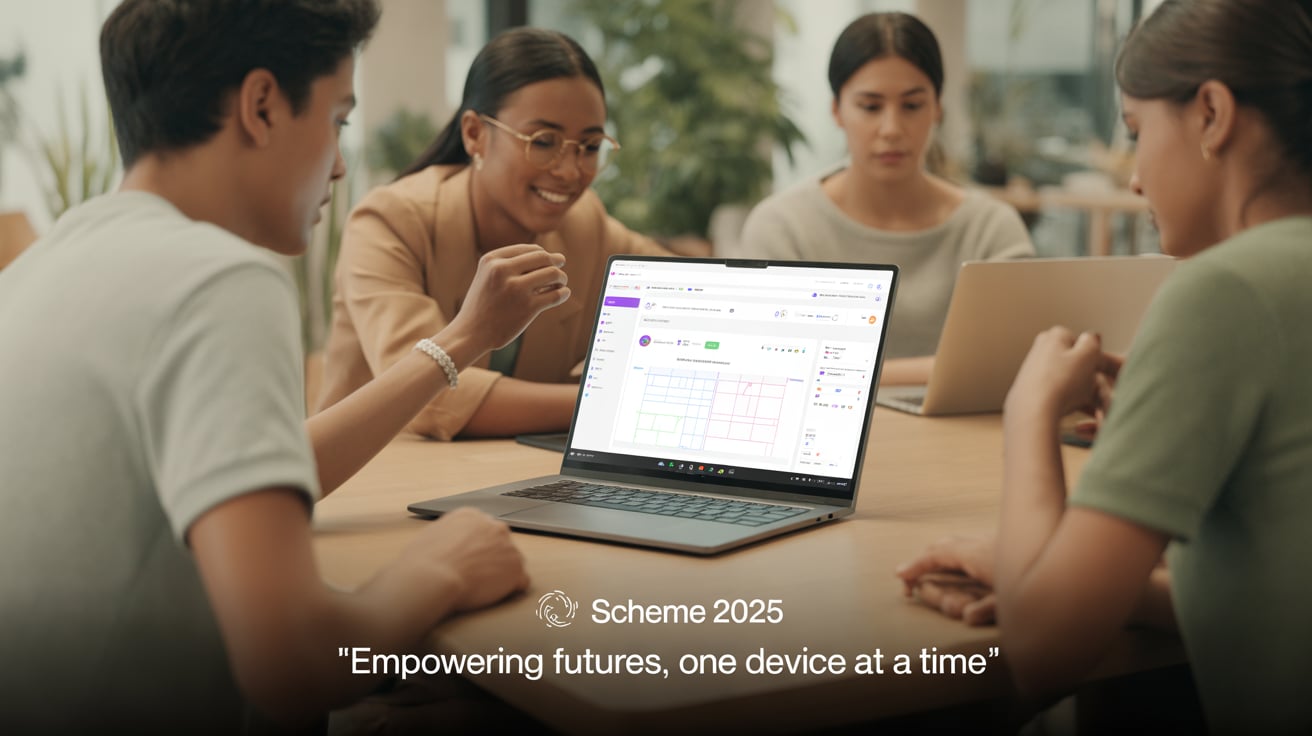With rising electricity bills and never-ending load shedding, the average Pakistani household, especially in Punjab, finds itself trapped between growing expenses and inconsistent power supply. These challenges aren’t new, but they’ve certainly worsened over time. In response to this pressing need, the Government of Punjab has taken a remarkable step — the CM Punjab Free Solar Scheme — a program that aims to change lives, one home at a time.
Rather than offering short-term relief, the scheme focuses on long-lasting impact. By providing free solar systems to qualifying families, the government is not just cutting their bills — it’s giving them energy independence. This article dives deep into the purpose, working, benefits, and future scope of this groundbreaking initiative, while also reflecting on feedback from real people affected by it.
Why This Scheme Matters
Let’s be honest — electricity in Pakistan isn’t just expensive; it’s unreliable. Power cuts are frequent, and fuel prices continue to go up. Many families barely make ends meet, and the electricity bill often feels like the final blow at the end of the month.
The Chief Minister of Punjab, recognizing the growing burden on the average citizen, launched this scheme to provide free solar systems to households with limited electricity usage. The idea is simple: if a household is consuming between 100 and 300 units monthly, they likely fall in the low to middle-income category and need support the most.
What makes this scheme different is its focus on self-reliance — enabling homes to generate their own power and reduce dependency on the national grid.
What’s Included in the Solar Package?
Each selected household receives a complete solar system tailored to their basic energy needs. It’s not just a couple of panels — it’s a full working setup.
Here’s what the package typically includes:
- High-efficiency solar panels (usually 3 to 5, depending on consumption)
- A solar inverter
- Battery backup, in cases where it’s needed
- Mounting structures, wiring, and professional installation
- Free maintenance coverage for up to 5 years
There’s no cost involved. No down payment. No loan. The goal is to truly support families who wouldn’t otherwise afford this kind of setup.
Who Is Eligible?
While the scheme is generous, it’s not for everyone. To ensure it reaches the right people, the government has set some simple yet clear criteria:
- Must be a resident of Punjab
- Must have a valid CNIC (identity card)
- Monthly electricity usage should be between 100 to 300 units
- Own the home or have a valid tenancy agreement
- Not a recipient of any previous solar subsidy
In addition, widows, persons with disabilities, and female-headed households are given priority, which adds a compassionate touch to the selection process.
How to Apply (Step-by-Step)
The government has made the process pretty simple — even for people who don’t use technology often.
Here’s how to apply:
- Visit the official solar scheme portal:
👉 https://solar.punjab.gov.pk - Click on “Apply Now”
- Fill out the form with basic details:
- CNIC number
- Household address
- Monthly electricity bill amount
- Upload scanned copy of the electricity bill and any property document
- Submit the application and wait for confirmation via SMS or email
- If selected, a team will contact you for a site visit and installation schedule
It usually takes 2 to 3 weeks for the application to be processed and verified, though some delays are possible depending on demand.
Real-Life Impact – What People Are Saying
The scheme has already made a big difference in people’s lives. Don’t take our word for it — here’s what some beneficiaries had to say:
“Our electricity bill used to be over 6,000 rupees every month. Since getting solar, it’s barely 500. I can finally save something for my kids.”
– Nadeem, Multan
“Load shedding was the worst at night. Now, even when there’s no grid power, the lights and fans work thanks to solar.”
– Shazia, Bahawalnagar
These are not just small wins. For many families, this shift means peace of mind, better sleep, better study conditions for kids, and freedom from financial stress.
Top Benefits of the Scheme
Here’s a quick breakdown of the real benefits:
✅ Major Cut in Electricity Bills
Homes see up to 70–80% reduction in monthly bills — a huge relief for families living paycheck to paycheck.
✅ Goodbye to Load Shedding
With battery-supported systems, households have uninterrupted electricity, even during blackouts.
✅ Clean, Eco-Friendly Energy
Solar power means zero pollution, helping fight climate change while keeping the air cleaner.
✅ Adds Value to Property
Homes with solar systems installed tend to see a rise in property value — a plus for long-term homeowners.
✅ Empowers Women and Vulnerable Groups
Solar access makes home management easier, especially for women and children affected by load shedding.
Challenges Faced So Far
No public scheme is perfect, and this one also has its share of bumps along the way.
- Slow Verification:
Some applicants report delays in approvals, sometimes waiting for months. - Quality Concerns:
A few families received lower-grade solar equipment, especially in remote areas. - Tech Barriers:
Many rural or elderly applicants struggle with the online process and need help applying.
To tackle these, the government has set up a helpline and complaint portal where issues can be reported. In some cities, assistance centers have also been established for walk-in support.
What’s Next for the Scheme?
The government has hinted at a broader rollout and new phases soon:
- Including households with higher electricity usage (up to 500 units)
- Offering solar support for small-scale businesses and schools
- Introducing net metering, so users can sell excess electricity to the grid
- Establishing maintenance and upgrade pathways after the initial 5-year period
These steps will not only make the scheme more inclusive but also encourage long-term adoption of solar power in the province.
A Critical View – Some Points to Consider
While the scheme has many benefits, it’s worth asking:
- Is there enough budget to reach every deserving home?
- How is the quality of equipment being monitored across districts?
- Can this model be scaled up nationwide without corruption or political bias?
Healthy criticism is essential for improvement, and civil society groups are actively watching the scheme’s progress.
Conclusion – A Brighter Future Is Possible
The CM Punjab Free Solar Scheme is not just about installing solar panels. It’s about restoring hope, giving financial relief, and helping families breathe a little easier.
For many, it’s the first time they feel empowered — not just as electricity users, but as producers. If executed with honesty, fairness, and continued support, this initiative could become a model for clean energy programs across Pakistan.
In a time where people are overwhelmed by bills, climate change, and uncertainty, the sun — quite literally — offers a solution.
Let’s hope this is just the beginning of a truly brighter Punjab.



